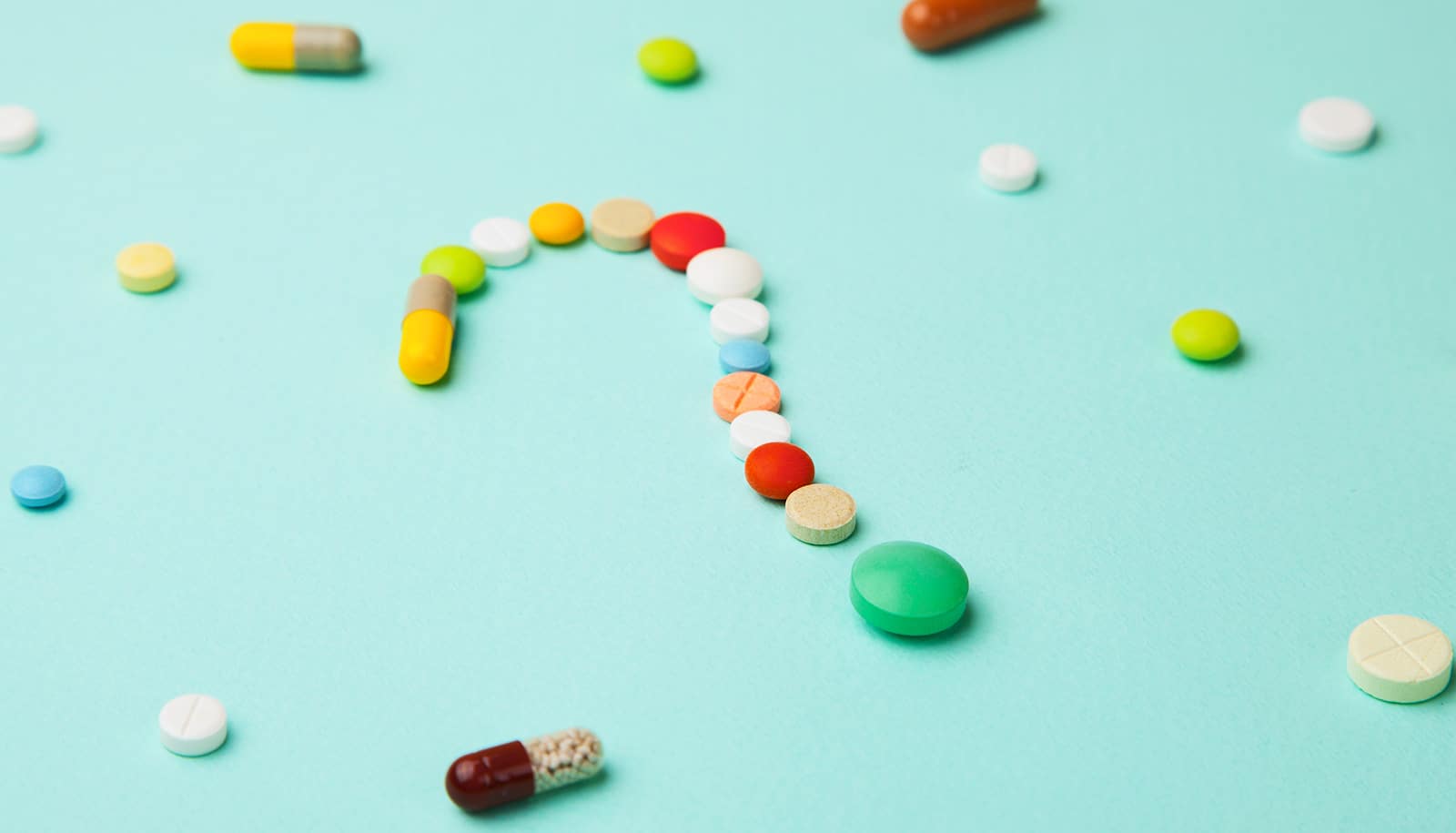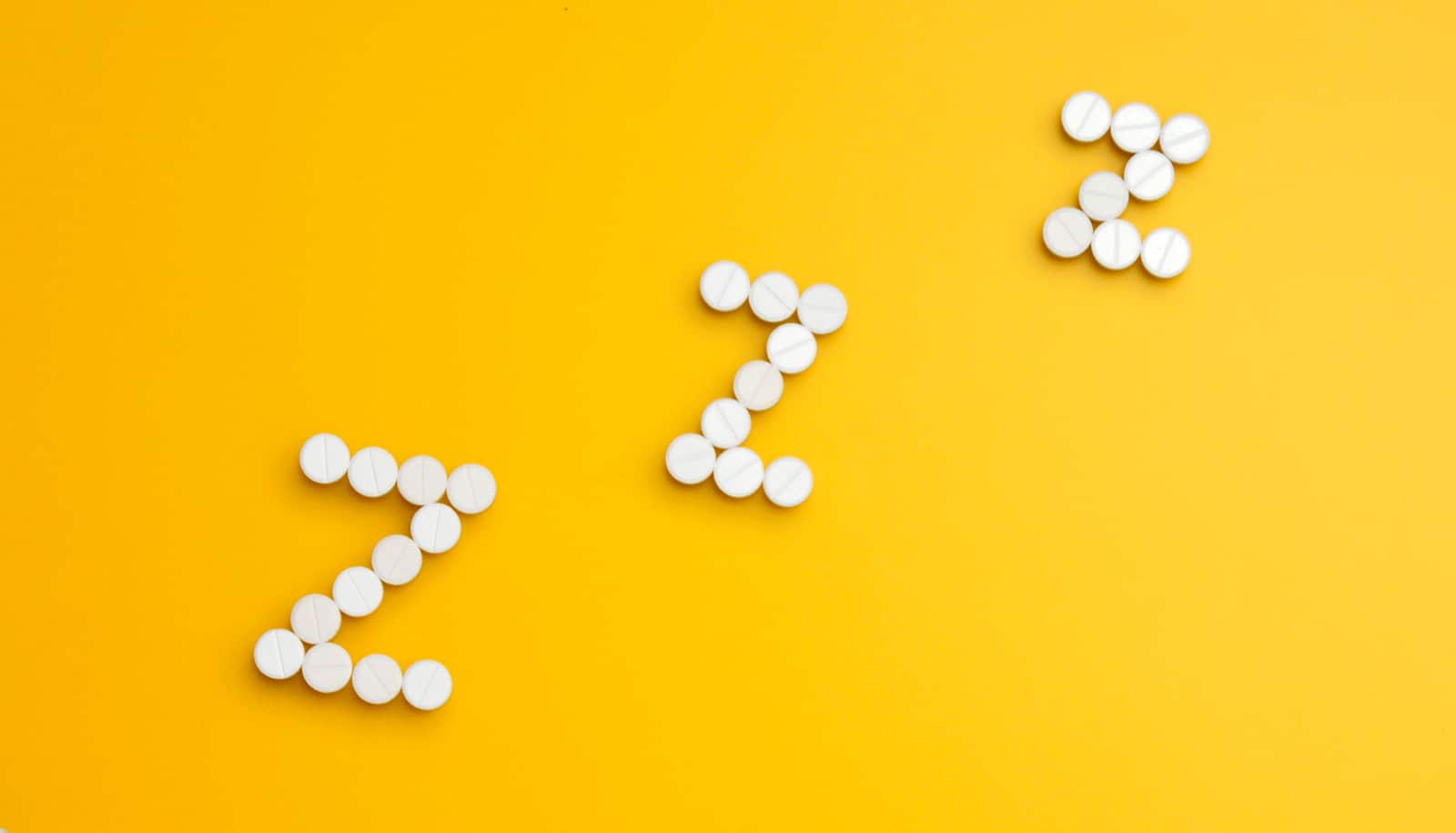Researchers have developed a new screening method that speeds up the search for drugs, making it cheaper and more efficient.
At the center of the method is a new DNA-encoded chemical library (DECL) that contains 35 million different drug candidates.
Such collections are nothing new, but the structure and scope of the substances contained in this one are something special.
Going fishing
Each of the drug candidates contained in the collection consists of a stable, basic ring-shaped structure borrowed from the work of Manfred Mutter from the University of Lausanne. The chemists then attached three different small molecules to one side of each ring.
“Together, they form a kind of highly-specific fish hook that can bind onto a protein if its form perfectly matches the protein’s structure,” says Jörg Scheuermann of ETH Zurich, who led the research with lab-leader Dario Neri.
The researchers used hundreds of such molecules, combining them in various ways to create a library of 35 million different “fish hooks.”
The researchers encoded the blueprint of the three molecules in three short DNA sequences, in which the DNA was chemically tied to the reverse of the basic structure. This artificial piece of genetic material works like a barcode, which the scientists can use to identify each fish hook individually.
With their chemical collection, the researchers could then start fishing: to find out if a target protein would be caught on one of the “fish hooks,” the researchers put the collection of all 35 million compounds in a reaction vessel containing the protein on a carrier.
After a certain amount of time, the researchers washed the chemical collection away. They removed all the drug candidates that didn’t bind to the protein; the ones that “stuck” to the protein remained in the sample and researchers could then identify them via their DNA barcodes.
In this way, the researchers could quickly test the whole collection for potential matches in one go.
Combing through DECLs
The researchers have already been working on DECLs for years. The foundations for the principle of DNA-encoding were first laid by the Scripps researchers Richard Lerner and Nobel Prize winner Sidney Brenner at the beginning of the 1990s, but the idea wasn’t put into practice for a decade.
Neri and his colleague David Liu from Harvard University took up the idea again at the beginning of the 2000s. Seven years later, the researchers presented the first such DNA-encoded chemical collection containing more than a million candidates.
DECL technology has caught on in the pharmaceutical industry in recent years, not least because it is inexpensive as well as highly efficient.
NIH funding cuts could paralyze drug development
“The design of our DECL is based on the fact that we wanted to generate a new molecule form that would be functionally equivalent to an antibody reduced to its minimum size, and therefore accessible via chemical synthesis,” says Scheuermann. “By using molecules that possess three or more chemical hooks, we come closer to antigen-antibody interactions.”
One potential treatment approach might involve linking a cytotoxin to a specific protein binder (as a small-molecule drug conjugate or SMDC). This method would then use the protein to recognize a foreign or tumor cell, attach to it, and release the toxin in a high local concentration, causing the death of the tumor cell. Previously, researchers have implemented this strategy with antibodies as antibody-drug conjugates (ADC).
“However, as antibodies are relatively large, they were not able to penetrate tumor tissue well; small molecules should be able to accomplish this better,” explains Scheuermann.
The researchers report their findings in the journal Nature Chemistry.
Source: ETH Zurich



